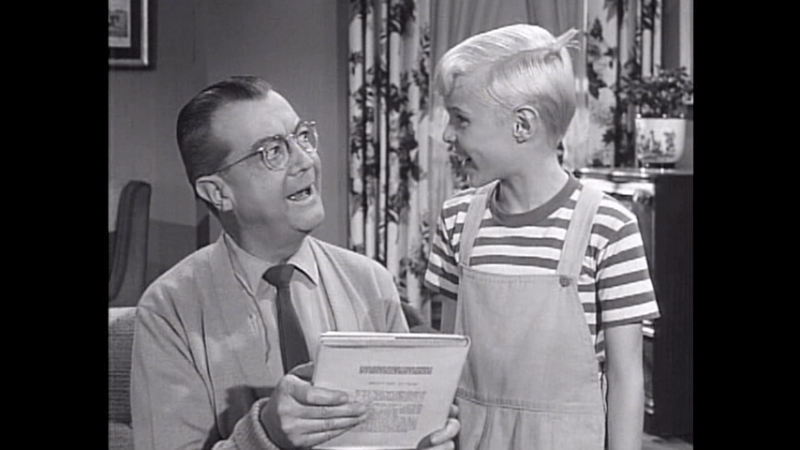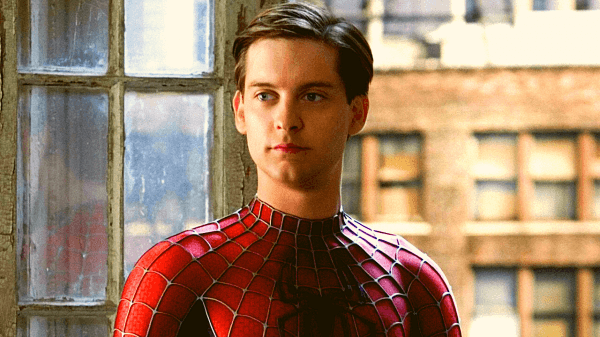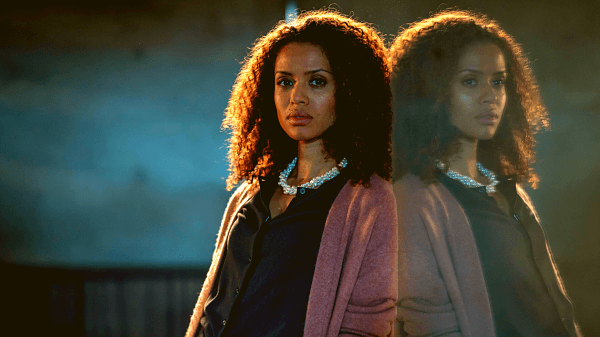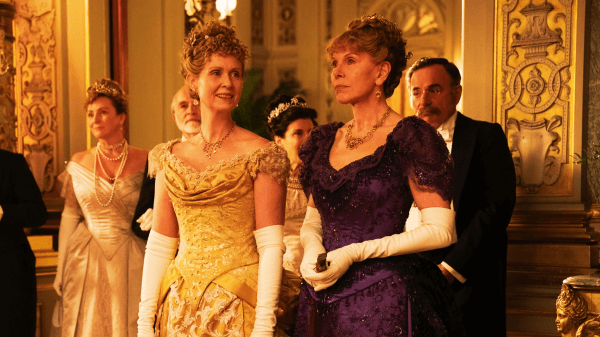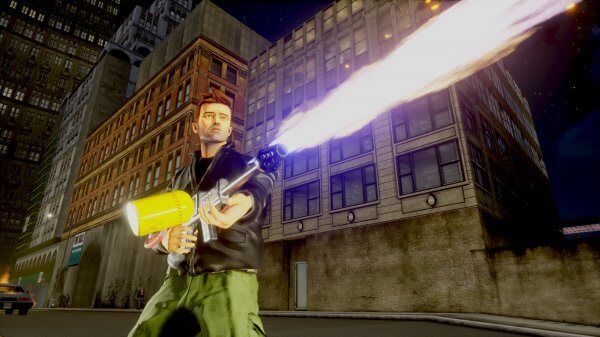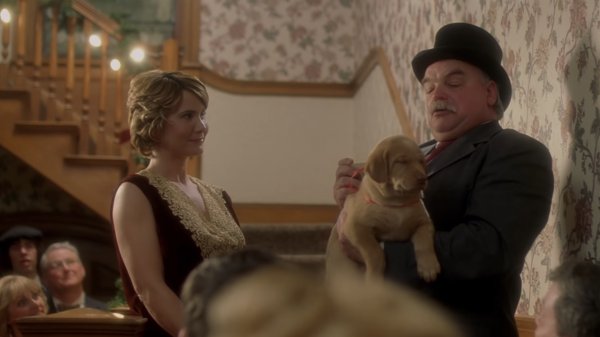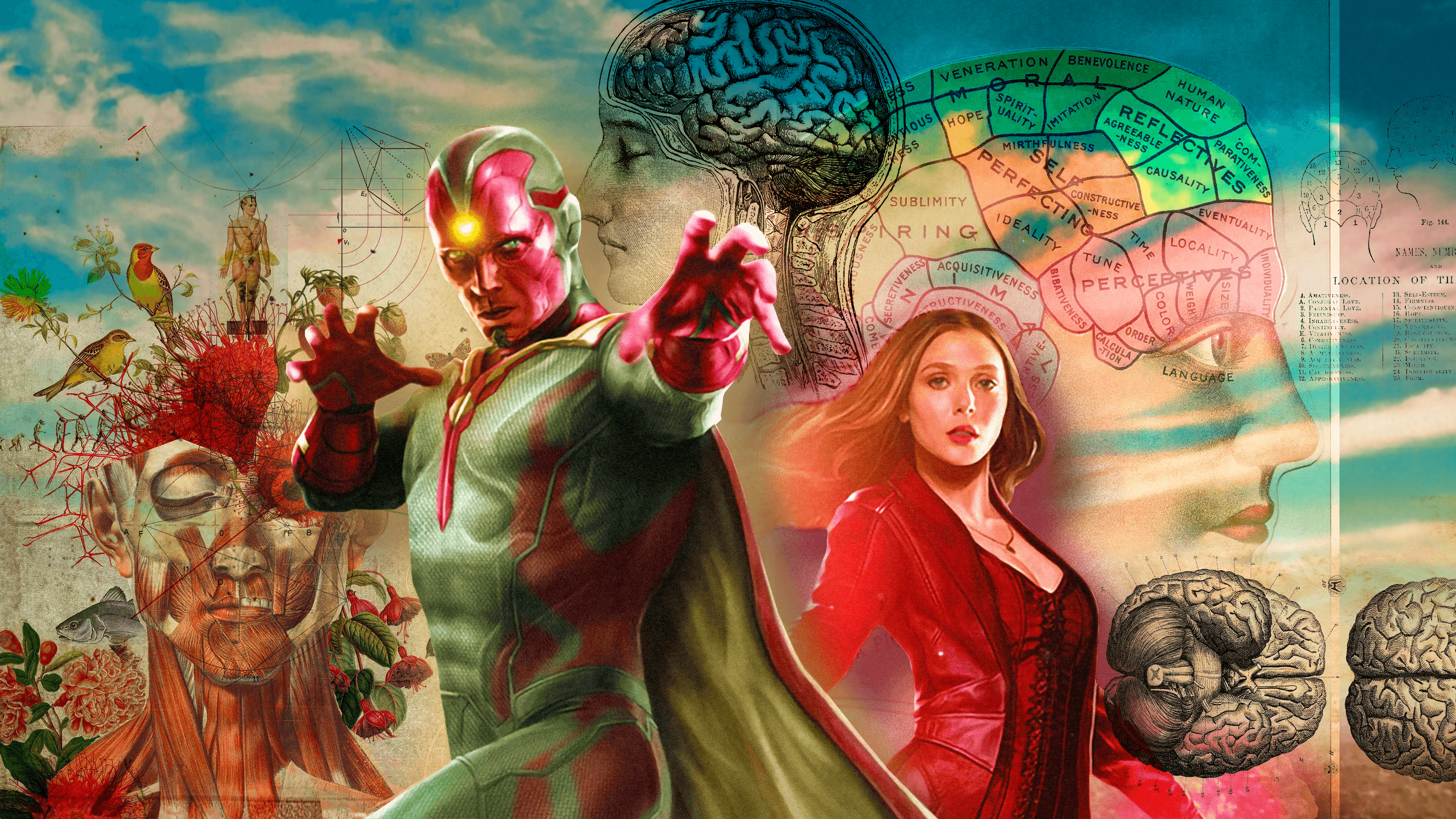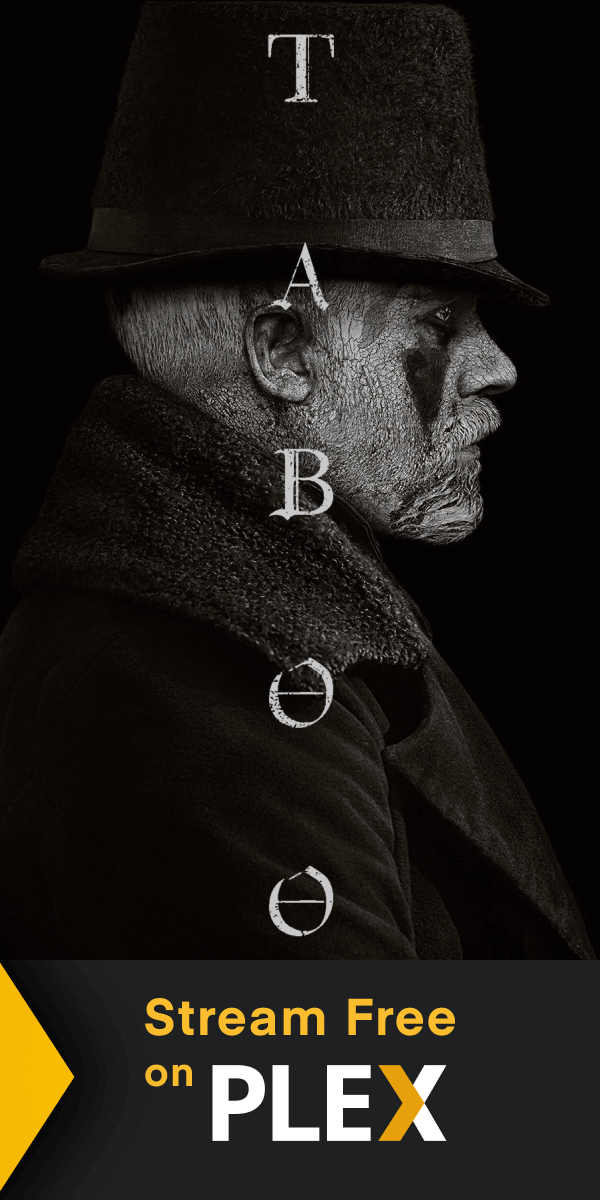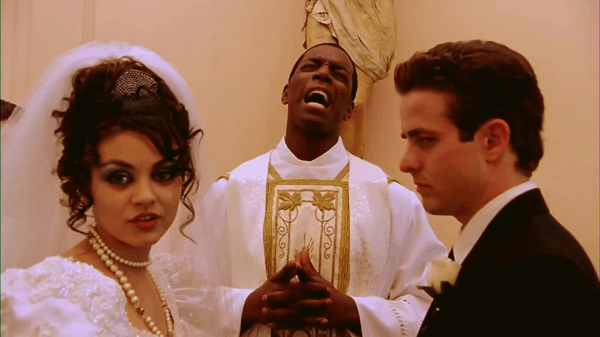In what is surely a cruel trick of nature, humans are not born with the ability to “watch television,” as we tend to call it. Instead it is a cognitive ability that must be built over time. And like with all great abilities, it must be wielded with great care.
According to a 2010 study conducted by psychologists at the University of Massachusetts Amherst, infants are able to recognize people and objects on video and link audio to images at around six months. At two years of age, a child can comprehend simple action sequences in shows. It’s not until you reach the age of five that you finally begin to understand the basic visual language of TV programming.
“Television content becomes a powerful educator,” write Drs. Daniel Anderson and Katherine Hanson, “both for good and ill.” This brings me to WandaVision.
Disney+’s WandaVision marks a new chapter in the Marvel Cinematic Universe, and follows the domestic lives of Avengers Wanda Maximoff (Elizabeth Olsen) — who you may know as the Scarlet Witch — and her android husband, Vision (Paul Bettany). The obvious question for anyone who has seen the most recent Avengers films is, of course, “Didn’t Vision become very much dead in those movies?” The answer to this is yes.

Aside from this pretty significant mystery, WandaVision further sets itself apart with its stylistic framework that sees each episode mimic the looks and rhythms of classic TV sitcoms throughout television history. Their commitment and eye for detail becomes apparent at the start of the first episode when we see the contemporary widescreen aspect ratio shrink down to the boxier dimensions seen on shows from the ’50s and ’60s.
The premiere episode is set in the style of I Love Lucy, except with a reality-warping mutant and a super-powered android. The second is more in the style of Bewitched, which at least incorporated more of the occult.
It’s understandable that the entertainment value of this dedication to television history is going to vary from viewer to viewer. If you grew up watching black-and-white golden oldies on Nick at Nite, then you will likely have a greater appreciation for the inclusion of the capri pants that Wanda wears to a neighborhood association meeting.
The anxiety she expresses over being the only woman not wearing a skirt is a nod to Mary Tyler Moore scandalizing critics of The Dick Van Dyke Show in the ’60s. This is a small thing, but if you get the reference, it’s an incredibly well-incorporated use of a pair of pedal pushers.
As the series has progressed, its style has evolved to mimic sitcoms of the ’70s, ’80s, up to modern day. It’s an impressive feat, but WandaVision is at its best when it breaks the cinematic language of those shows. It’s a visual language that you’ve been studying all your life. And even if you can’t articulate what’s happening on screen, your brain knows when something is amiss — much like the characters trapped in the altered reality that Wanda has created.
Since WandaVision mimics the style of classic sitcoms, the first episode is mostly filmed in a multicamera format. You’d recognize this setup from shows usually “filmed in front of a live studio audience” where actors move freely around an open set and shots freely cut from camera to camera. Think Friends.
More modern sitcoms have adopted a single-camera format, which you’d recognize from 30 Rock or any show that appears a bit more produced and cinematic. I’d compare the difference in the two styles to the difference between watching Monday Night Football and Friday Night Lights.
Well, the first episode of WandaVision sticks to that traditional multicamera format until Wanda’s grip on her reality begins to slip. Ya see, Wanda can’t seem to account for how she and the certainly dead Vision managed to marry and settle down in the suburbs. And it’s the show’s most surreal moments that arise during these crises of confidence.
When a dinner guest repeatedly questions Wanda about this fictitious reality she finds herself in, the multicamera format switches to a single-camera format as we close in on the panicked expressions of our players. It’s a trick that is repeated in subsequent episodes, but it’s never quite as effective as when you first see it.
This change in the visual language of the show communicates the sense of confusion and disorientation that Wanda feels in the moment when it seems like this illusion is breaking down. The show is using your understanding of TV against you. It’s not as subversive as David Lynch’s take on the sitcom format, but it’s effective.
In the comics, Scarlet Witch has previously responded to extreme tragedy by reshaping the world around her. Building new families and destroying old ones. And the writers of WandaVision use this to full effect.
***I’m sounding the SPOILERS KLAXON here for anyone not caught up with WandaVision’s most recent episodes, which contain a twist with massive implications for the future of Marvel. You’ve been warned.***
WandaVision’s fifth episode concludes with the surprise introduction of her brother, Pietro, also known as Quicksilver. You may remember Pietro dying in Avengers: Age of Ultron, where he was played by Aaron Taylor-Johnson. The writers of WandaVision know you know that. So how do you subvert a fanbase’s expectations?
You recast.
The Quicksilver that appears on WandaVision is played by Evan Peters, who played Quicksilver in the X-Men franchise, which at the time was owned by Fox. Much like how WandaVision uses the well-established language of television to play on the viewer’s expectations, they play on our understanding of the convoluted world of superhero movies to create actual shock and mystery.
The Marvel Cinematic Universe started in 2008, and since that time the broader fanbase has grown even more accustomed to comprehending crossovers, casting rumors, and which studios own which characters. People spend as much time examining intellectual property rights and buyouts as they do cinematography and special effects. It’s all become a part of our greater understanding of popular culture.
With that in mind, WandaVision takes the version of Quicksilver once owned by Fox and places him in the MCU. Characters even recognize that this is not their reality’s Quicksilver. One reason this is shocking is that it so blatantly acknowledges the artifice of film and television. But perhaps even more rattling for viewers is that it points out our obsession with the less artistic side of entertainment.
Studio rights. Contract disputes. The international gross. These terms have become ingrained in the minds of interested viewers. At worst, it’s fuel for the online rumor mill. At best, it’s a sophisticated way to use what your viewers know against them to dramatic effect.
“The television screen is not like a window to the world; it is, instead, an experience that, to be understood requires study in its own right,” write Drs. Anderson and Hanson. “Watching television, and by extension, the use of other screen media, is in many ways a demanding cognitive activity, one that requires special forms of attention, perception, and comprehension.”
Want more from Plex?
The Patty Duke Show
...
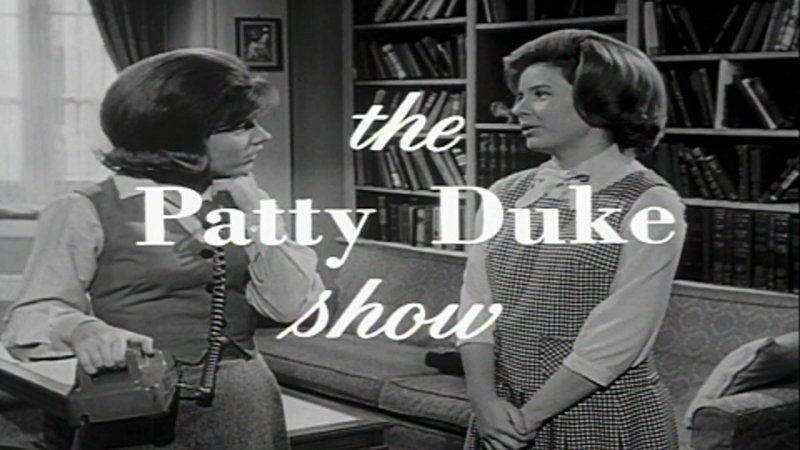
Dennis the Menace
...
